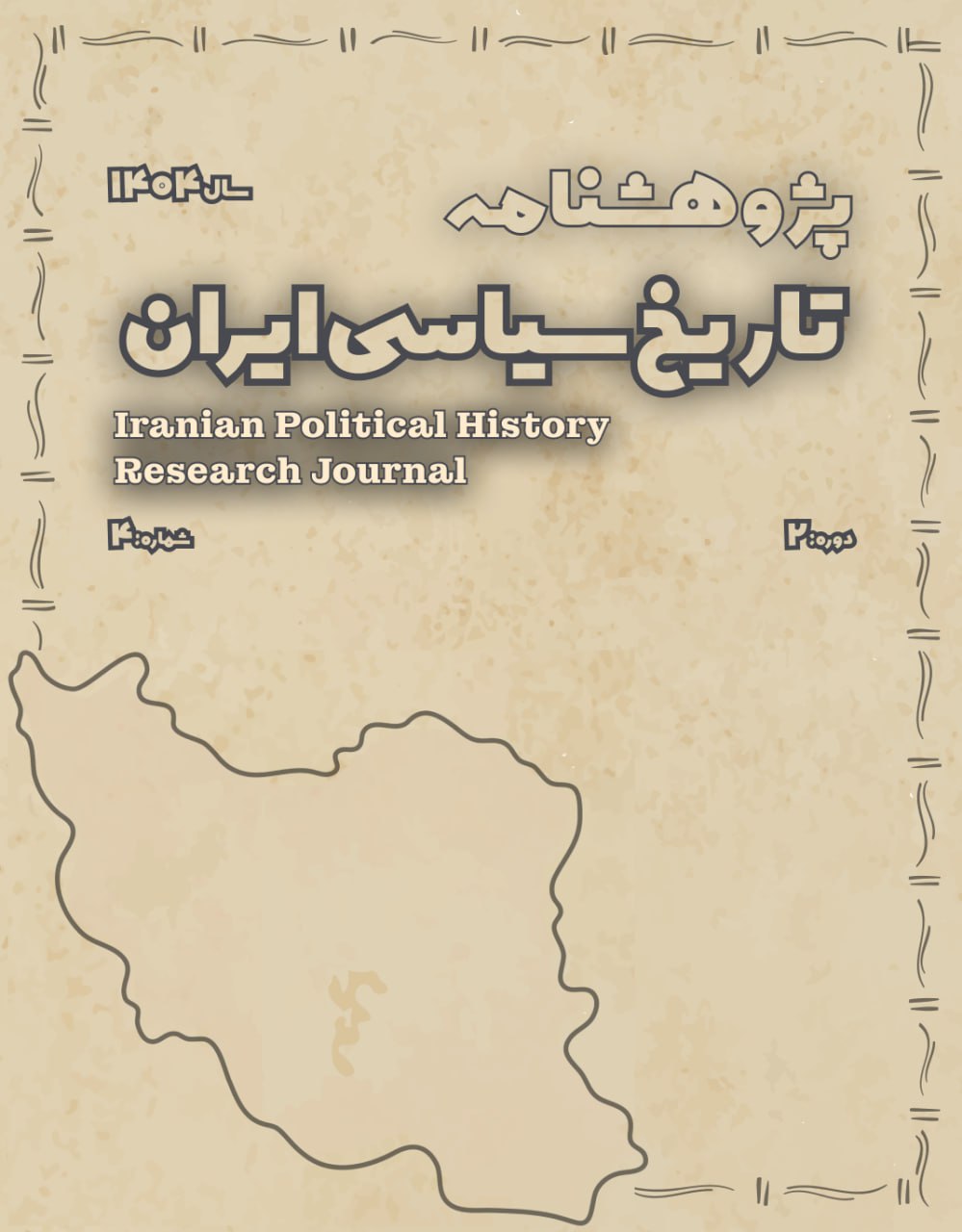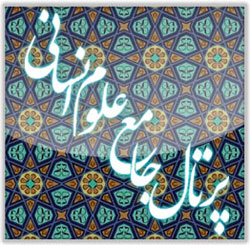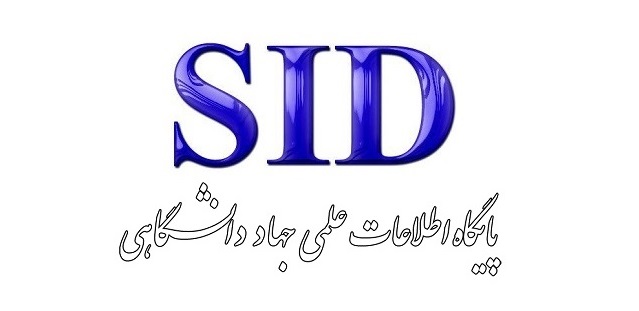The Role of the Shi’a Clergy in the Formation and Victory of the Iranian Islamic Revolution
Keywords:
Clergy, Islamic Revolution, Political Islam, Charismatic Leadership, Religious DiscourseAbstract
The Shi’a clergy has long been an influential force in Iran’s political history, but its role in the 1979 Islamic Revolution was unprecedented. Using a historical-analytical approach, this study examines the social, cultural, and political factors behind the clergy’s mobilization and its leadership in directing popular protests. Findings reveal that mosque networks, seminaries, and religious associations provided the main channels for revolutionary discourse. The charismatic leadership of Ruhollah Khomeini and the ideology of political Islam gave religious and political legitimacy to the anti-Pahlavi struggle. The alliance between the clergy and other opposition forces ultimately facilitated the regime’s collapse. This article shows how the clergy leveraged its religious and social capital to lead one of the largest mass movements of the 20th century.
Downloads
Published
Submitted
Revised
Accepted
Issue
Section
License

This work is licensed under a Creative Commons Attribution-NonCommercial 4.0 International License.








